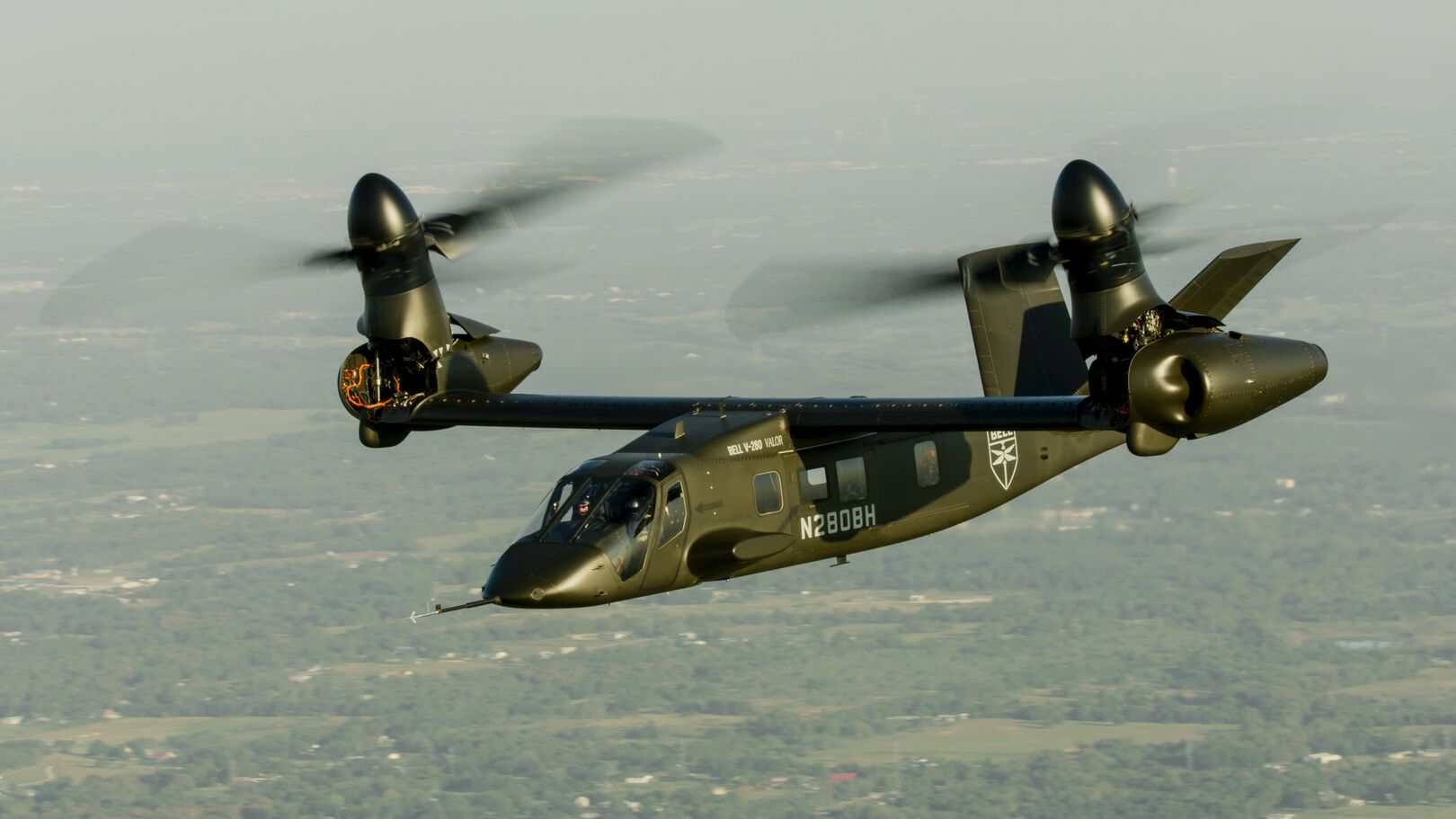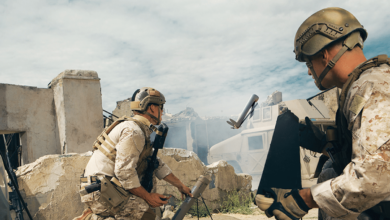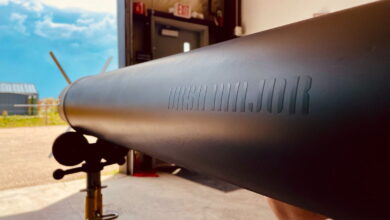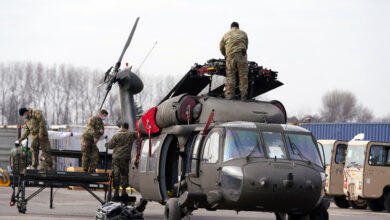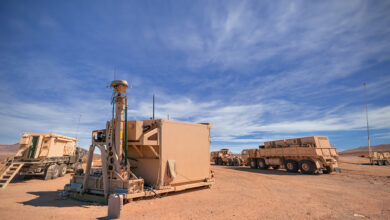Bell Cleared for US Army Future Assault Helicopter Prototyping
The US Army’s Future Long Range Assault Aircraft (FLRAA) program has reached the engineering and manufacturing development phase.
A preliminary design review in April and a meeting of the Army Systems Acquisition Review Council (ASARC) in June preceded the milestone B acquisition decision.
It paves the way for contractor Bell Textron to work on detailed aircraft design and construction of six prototypes.
Preliminary Design Review
The review covered the program’s affordability, technological viability, and threat projections, as well as security, engineering, manufacturing, sustainment, and cost risks.
“The ASARC confirmed that all sources of program risk have been adequately addressed for this phase of the program,” the US Army stated in a press release.
“This an important step for FLRAA and demonstrates the Army’s commitment to our highest aviation modernization priority,” Army Acquisition Executive Douglas R Bush added.
“FLRAA will provide assault and MEDEVAC (medical evacuation) capabilities for the future army, adding significantly increased speed, range, and endurance.”
Future Long Range Assault Aircraft
Bell Textron clinched the $1.3-billion FLRAA production contract in December 2022, besting a joint offering by Sikorsky and Boeing.
Bell’s V-280 Valor tiltrotor is claimed to offer twice the range and endurance of existing military helicopters, including better flight performance and lifecycle sustainability.
Its stated cruising speed is 280 knots (320 miles/520 kilometers per hour) with a top speed of 300 knots (345 miles/556 kilometers per hour).
In comparison, the top speed of Sikorsky’s UH-60 Black Hawk and Boeing’s AH-64 Apache are 159 knots (183 miles/294 kilometers per hour) and 153 knots (176 miles/283 kilometers per hour).
Replacement for Black Hawk, Apache
The V-280 is intended to replace both the Black Hawk and Apache, with a first flight scheduled in 2026, low-rate initial production beginning in 2028, and initial fielding in 2030.
It is intended to create multiple dilemmas for the enemy with its speed, range, and element of surprise, extending the reach of air assault missions from relative safety.
“Future battlefields require expanded maneuver, the ability to sustain and provide command and control across vast distances, and of course, evacuate our wounded,” 17th Chief of the US Army Aviation Branch Maj. Gen Michael C McCurry said.
“All of these apply to both conventional and Special Operations Forces. With roughly twice the range and twice the speed, FLRAA brings unmatched combat capability to the Joint Force.”

